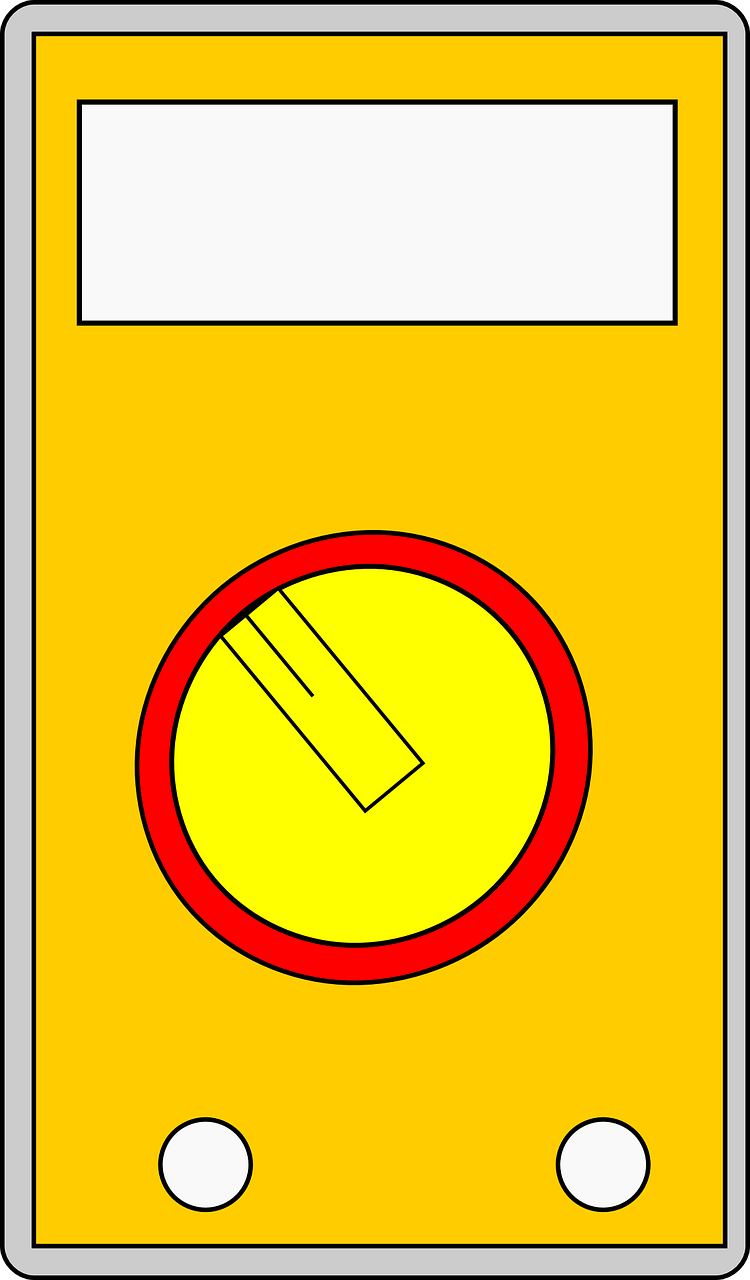
By: cintex@lab
Difference Between Validation and Calibration
When it comes to measuring and testing, two terms that often come up are validation and calibration. While they may sound similar, they have distinct meanings and applications. In this blog post, we’ll dive into the differences between validation and calibration and when you might use each.
What is Calibration?
Calibration is the process of comparing the measurements of a device or instrument to a known, standardized reference. This process allows you to ensure that the device or instrument is providing accurate and precise measurements.
For example, let’s say you have a thermometer that you use to measure the temperature in your lab. To calibrate the thermometer, you would compare its readings to a thermometer that is known to be accurate, such as a mercury thermometer. If there is a discrepancy between the readings, you would adjust the thermometer to bring its measurements into line with the reference.
Calibration is important because instruments and devices can drift over time, leading to inaccurate measurements. By regularly calibrating your equipment, you can ensure that it is providing reliable data.
What is Validation?
Validation is the process of determining whether a particular method or technique is appropriate for a specific purpose. This involves testing the method or technique to ensure that it is reliable, accurate, and produces consistent results.
For example, let’s say you want to use a particular method to test the effectiveness of a new drug. Before you can use this method, you need to validate it to ensure that it is appropriate for this purpose. This might involve testing the method on a range of samples to determine its sensitivity, specificity, and reproducibility.
Validation is important because using an inappropriate method can lead to inaccurate or unreliable results. By validating a method before you use it, you can ensure that it is appropriate for your specific needs.
Key Differences Between Calibration and Validation
The key difference between calibration and validation is that calibration involves comparing measurements to a known reference, while validation involves testing a method or technique to ensure that it is appropriate for a specific purpose. Calibration focuses on the accuracy and precision of measurements, while validation focuses on the reliability and appropriateness of a method.
Another difference is that calibration is typically performed on devices or instruments, while validation can be performed on a wide range of methods and techniques. Calibration is often a routine process that is performed regularly to ensure that instruments are providing accurate measurements. Validation, on the other hand, is typically performed before a new method or technique is used or when there are changes to an existing method.
When to Use Calibration vs. Validation
So when should you use calibration vs. validation? In general, calibration is appropriate when you are measuring something with a device or instrument, such as temperature, weight, or pressure. Calibration should be performed regularly to ensure that the device is providing accurate measurements.
Validation, on the other hand, is appropriate when you are using a method or technique to measure or test something. Validation should be performed before you use the method or technique, to ensure that it is appropriate for your specific needs. Validation should also be performed when there are changes to the method or when there are concerns about the reliability of the method.
In summary, calibration and validation are both important processes that ensure the accuracy and reliability of measurements and testing. Calibration involves comparing measurements to a known reference, while validation involves testing a method or technique to ensure that it is appropriate for a specific purpose. By understanding the differences between calibration and validation, you can ensure that you are using the appropriate process for your needs and can obtain reliable, accurate data.